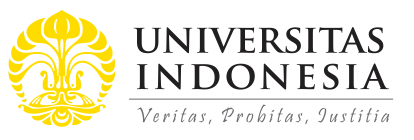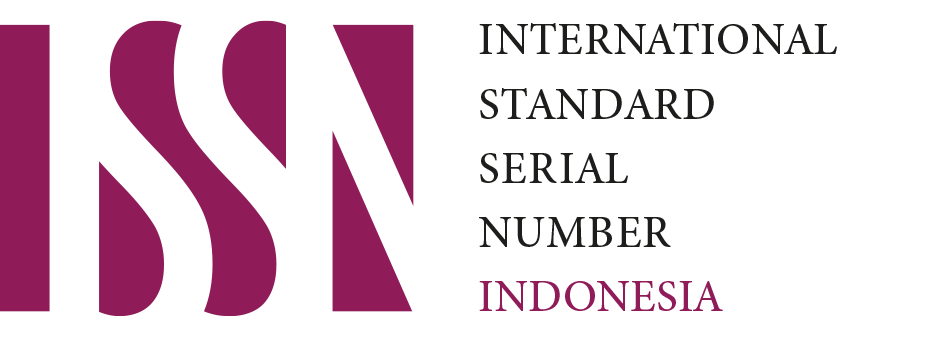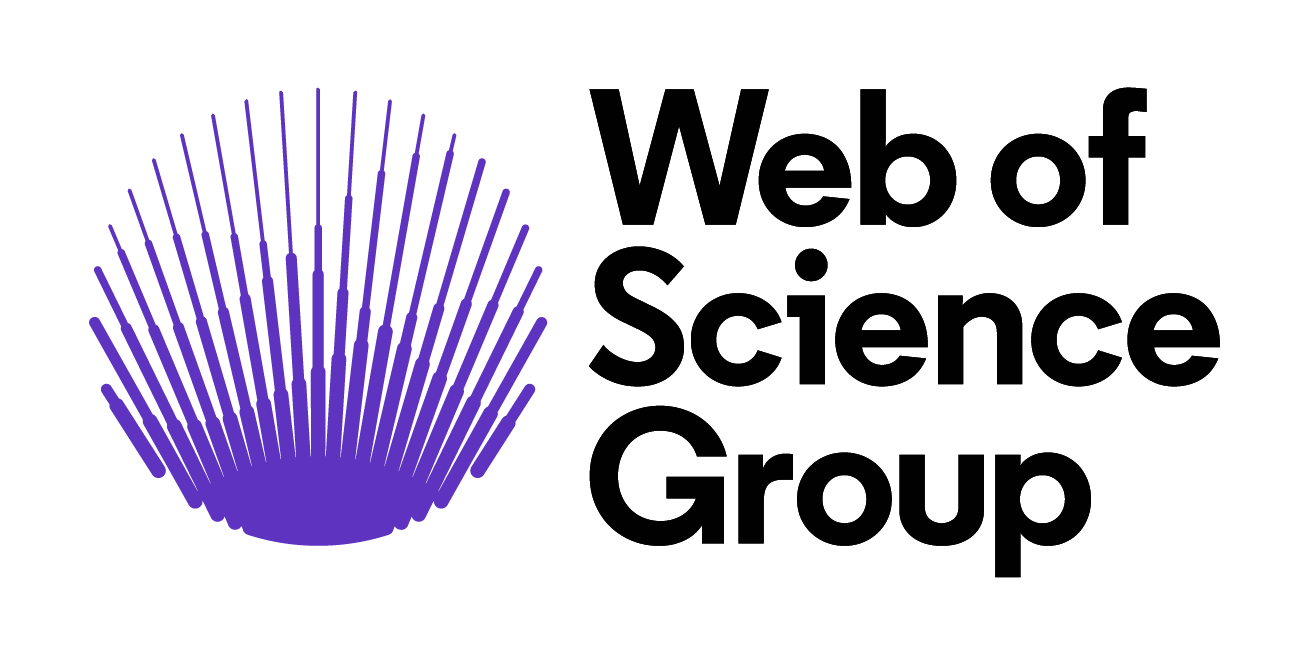Abstract
This article analyzes the relationship between Indonesian banking competition, concentration, and systemic risk, using the characteristics of individual banks and state variables as control variables. This article uses the Panzar–Rosse Model and Concentration Ratio to measure banking competition and concentration, while measuring systemic risk by applying CoVaR. The empirical result shows that concentration and competition increase systemic risk. This means increasing competition leads banks to take higher risks, and also shows that banks with high market power tend to charge higher interest rates, thus increasing systemic risk. The Net Interest Margin as a control variable is statistically significant in competition-systemic risk models as well as in concentration-systemic risks. These findings support the competition-fragility view that banking system stability is seriously affected by banking competition level, especially in decreasing net interest margin periods. On an individual bank level, the competition-systemic risk relationship depends on the bank size and the interbank deposit ratio, but the capital structure and demand-deposit to total funding ratio are not significant.
Recommended Citation
Wibowo, I. G. B. Erri and Wibowo, Buddi
(2017)
"The Effect of Competition Levels and Banking Concentration on Systemic Risks: Indonesia’s Case,"
Indonesian Capital Market Review: Vol. 9:
No.
2, Article 3.
DOI: 10.21002/icmr.v9i2.7138
Available at:
https://scholarhub.ui.ac.id/icmr/vol9/iss2/3












